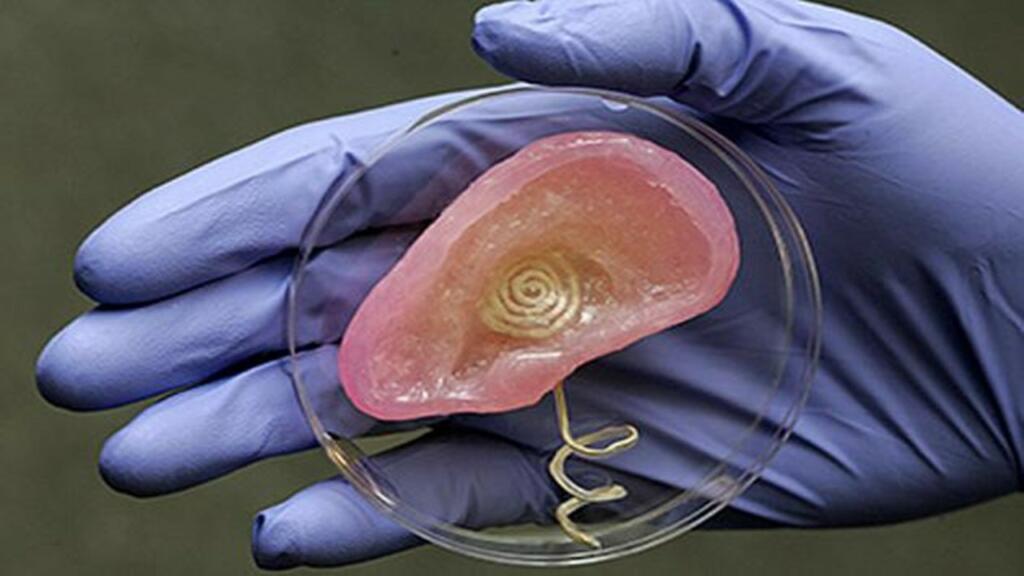- There are almost 1,05,800 men, women, and kids waiting for organ transplants.
- Every ten minutes, a new name is put on the transplant waiting list.
- Every day, about 17 individuals pass away while awaiting an organ transplant.
- Each tissue donor has the potential to save nearly 8 lives. (as per HRSA organ donor)
You might wonder why it’s important to focus on these particulars. These are not merely numbers and facts, but rather illustrations of the difficulties we confront. There are a huge number of people waiting for transplants around the globe, which emphasises the urgency of taking action.
This demonstrates the need for the world to look into different options in order to save lives. A potential treatment and a workable answer to this pressing issue are 3D-printed organs.
Also read: PL 900 Exam: Key Components to Pass and Acquire the Certification
Organs, muscles, and tissues can now be “printed” using individually grown cells to lessen the suffering of organ donors and those in waiting lines. As a result, donor wait lines won’t be as complicated or stressful, which is often intolerable. Although not completely new, recent developments include the creation of rabbit-sized hearts and functional porcine pancreas.
Recent developments
Dr. Arturo Bonilla recently used 3D printing in 2022 to construct an outer ear structure for a lady who was born without one. Using a 3D bioprinter, the prosthesis was created from the woman’s own cartilage cells.
To understand the process, a bioprinter is a machine that creates distinct cell types from individual cells. These cells are combined with bio-ink and layered with different cell kinds to create a structure that resembles tissue. With the help of oxygen and the required nutrients, the structure develops and operates.
According to a vascular surgery resident at Beth Israel Deaconess Medical Center in Boston, “There is a lot of interest in the medical field in using 3D printing technology to accurately recreate patient anatomy for use in preprocedural planning and training.”
With the development of technology, 3D printing can be automated using the patient’s own cells to lower the chance of organ rejection. As the number of effective 3D-printed organs produced rises, officials and authorities will be under more pressure to react to medical advancements.
Support TFI:
Support us to strengthen the ‘Right’ ideology of cultural nationalism by purchasing the best quality garments from TFI-STORE.COM
